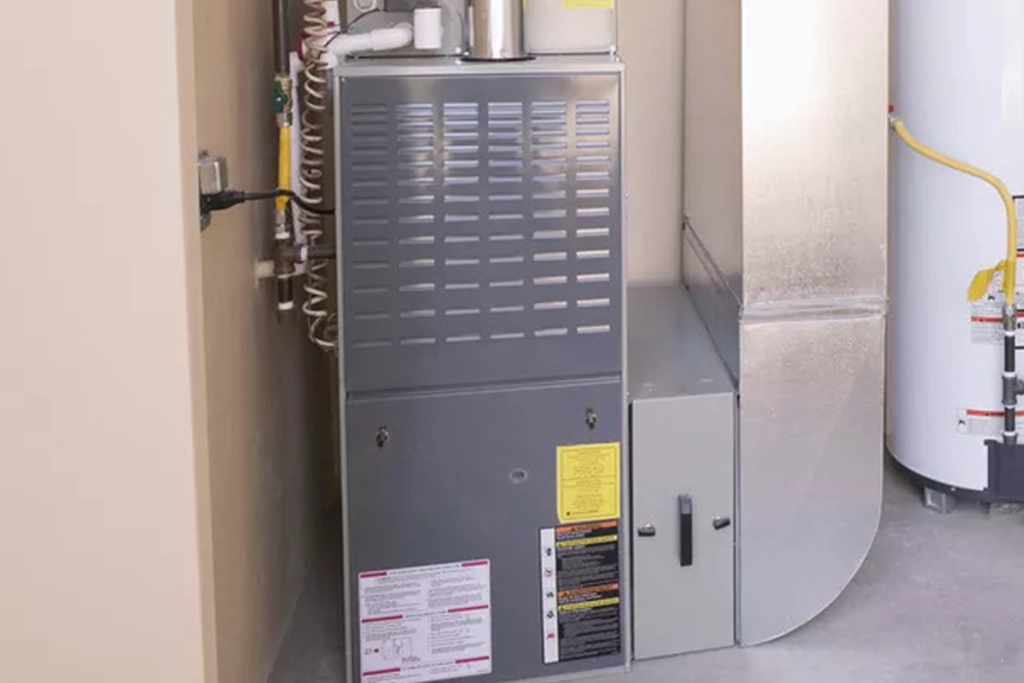It may seem like a huge endeavor to convert your gas furnace to electric, especially if you’ve had a gas furnace for a long time. However, with the growing movement to move away from fossil fuels, many people are considering switching from a gas to an electric furnace.
Gas has been viewed as the cheaper alternative for heating for many years, but with efforts to reduce emissions in an attempt to combat global warming, many people are looking into what they can do to reduce environmental pollution at home. Modern electric furnaces are far better for our natural surroundings, install easily, require little maintenance, and come with very versatile programming that lets homeowners establish zones where they can adjust temperatures individually.
Switching from gas heat to electric heat can be a great decision for those who wish to make their homes more environmentally friendly. It can be the perfect stepping stone to later incorporating solar panels that greatly reduce high utility bills caused by heating in the cold winter months.
Let’s take a look at what you need to consider before you convert a gas furnace to an electric one.
Making the Switch
The first task at hand if you decide to convert a gas furnace to an electric furnace is going to be the removal of your existing appliance. While this might seem like a major task, it is not as complicated as it sounds. Licensed contractors will first need to disconnect your home from the gas main and remove all of the existing equipment.
Then an HVAC technician will install the components for an electric system which may require electrical upgrades to accommodate the new furnace. Your existing ductwork can be utilized by the new system unless there are issues with it that require replacement.
Benefits of Switching to an Electric Furnace
There are several benefits to switching to an electric furnace from your previous gas furnace. They include the following:
- Electric furnaces don’t require as much maintenance. The lack of fossil fuels being burned means there is no need for as much cleaning as is needed with a gas furnace.
- The possibility of deadly carbon monoxide poisoning and gas leaks is eliminated making electric furnaces a safer option.
- Electric furnaces typically require less space because there is no boiler or pipes required for gas lines and toxic emissions.
- Electricity is far more accessible than gas in some areas.
Does Gas Heat Feel Warmer?
Gas furnaces produce heat that is much hotter than that generated by electric furnaces. Combustion in a gas furnace can create temperatures of as much as 200 degrees Fahrenheit, meaning it can heat your home fast. However, much of that heat is lost as it flows through your duct system.
Though electric heat may not be capable of warming up your home as fast as its gas counterpart, it has no problem achieving and maintaining a suitable temperature as long as you have selected the correct size for your home. A certified HVAC installer from American Home Water and Air will help you assess your needs to provide you with the best choice for your space and budget.
Is Electric Heating More Expensive?
Generally speaking, electric furnaces are more expensive to run than their gas counterparts. However, you must also consider that the heating provided is far more effective. For every kilowatt of energy your electric furnace consumes, it creates an equal unit of heat giving it an Annual Fuel Utilization Efficiency (AFUE) rating of 100%. The AFUE for even the most efficient gas furnace ranges from 90% to 98.5%
What is the Monthly Cost of Electric Heat?
There are a lot of variables that affect how much you will pay for electric heating each month. You must first determine the wattage of your electric furnace. If this isn’t readily available, multiply the furnace’s amps by the voltage to get the watts. You can further convert this to kilowatts by dividing it by 1000.
Once you have this number, find out the cost of electricity per kilowatt-hour charged by your utility company. Multiply this number by the kilowatts calculated above to get your price per kilowatt-hour.
From here, estimate how many hours per day you use your furnace and multiply this usage by the price per kilowatt-hour above. This will give you a fair estimate of how much it costs to heat your house each day. Multiple it by the number of days in a month to get an approximate monthly cost for heating your home with an electric furnace.
How to Save More on Heating Costs
A decision to convert a gas furnace to an electric furnace may have you concerned about the added operating costs, but there are additional measures you can take to reduce your heating bill this winter.
- Invest in a programmable thermostat that will help you automatically adjust to a lower temperature for when you are away from home or sleeping and set it to bring your home up to a warmer level before you wake up or return home.
- Only heat the rooms that you need to keep warm. Use an energy-efficient portable heater in the rooms where you spent a great deal of time.
- When you cook, leave the oven door open and take advantage of the leftover heat escaping once you’re done.
- Leave your bathroom door open when you shower, if possible, the steam will help warm the house.
- Purchase a humidifier. This won’t increase your home temperature, but it will put moisture back into the air. Dry air feels colder, so adding some moisture back into the air will allow you to still be comfortable with a lower thermostat setting.
Switching from a gas furnace to an electric furnace can come with added costs, but if you are looking to get away from fossil fuels and feel safer with your heating system, the added energy costs can easily be offset by these additional measures.














